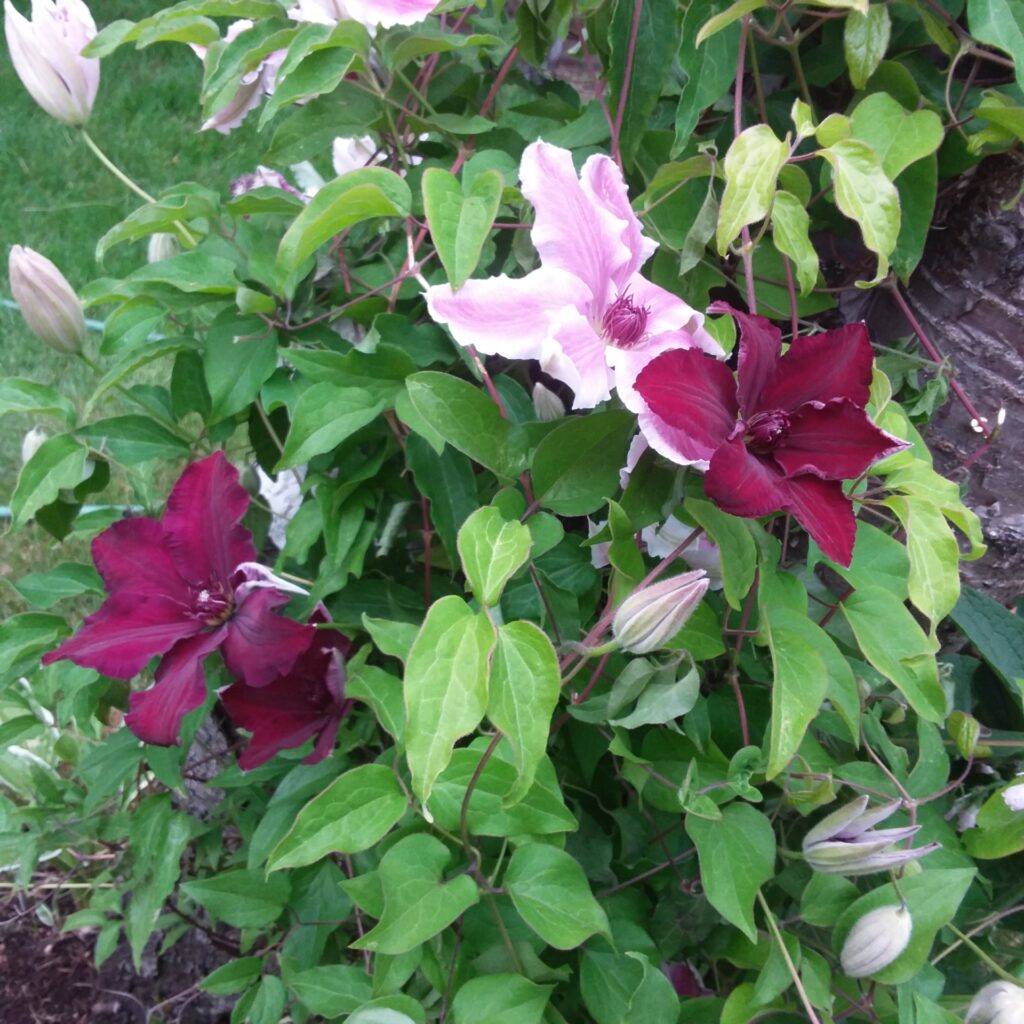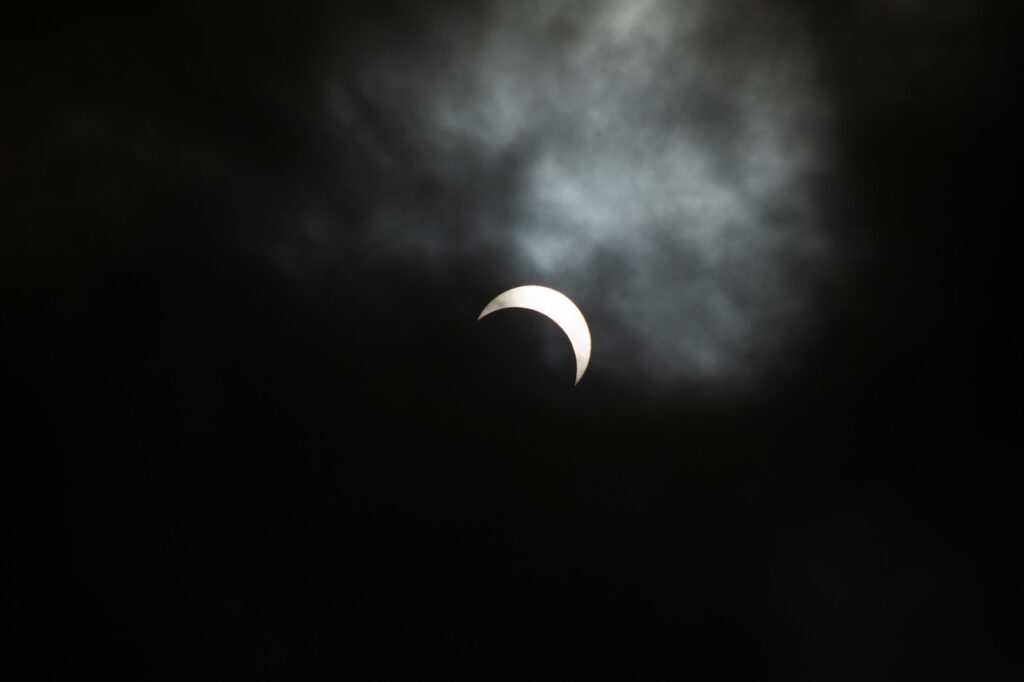
All animals are equal, but some animals are more equal than others. George Orwell, Animal Farm
Seventy-eight years ago today, George Orwell’s Animal Farm was published. The novella is the story of a group of overworked and mistreated farm animals who rebel against their human farmer in order to create a society where the animals can be free, equal, and happy. Ultimately, the rebellion is betrayed, and under the dictatorship of a pig named Napoleon, the farm ends up in a state as bad as it was before.
Orwell wrote the book in late 1943, when the United Kingdom was allied with the Soviet Union against Nazi Germany and at a time when the British intelligentsia held Stalin in high regard, something Orwell strongly opposed. Animal Farm is considered one of the most satirical fables ever written, painting a dark picture of what can happen when a group revolts against tyranny but ends up embracing a totalitarian dictator instead.
It wasn’t easy for Orwell to get his manuscript published, largely because of fears that the story might upset the alliance between Britain, the U.S. and the Soviet Union. Considering it communist propaganda, four publishers turned it down, though one initially accepted it and then declined after consulting the UK’s Ministry of Information. Eventually, Secker and Warburg took a chance and published it.
Initial reviews were mixed, though the story gained traction and has only grown in popularity. Between 1952 and 1957, the CIA, in an operation called Aedinosaur, sent millions of balloons carrying copies of the novel into Poland, Hungary and Czechoslovakia. Time magazine chose Animal Farm as one of the 100 best English-language novels (1923 – 2005). It also featured at number 31 on the Modern Library List of the Best 20th-Century Novels. It won a retrospective Hugo Award in 1996, and it remains popular amongst students, coming in as the UK’s favorite book from school in a 2016 poll.
Animal Farm’s cutting clarity and message resonate deeply, even today. And it remains somewhat controversial, still being banned in Cuba and North Korea, and continuing to be the target of complaints and even bans in some US schools.














Comments